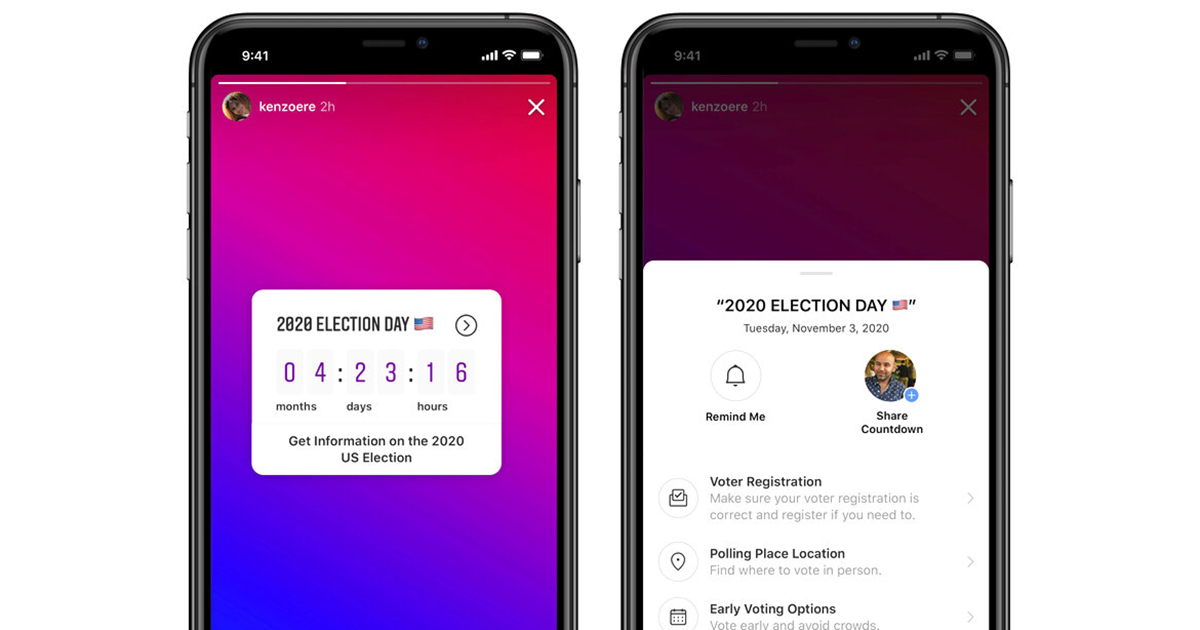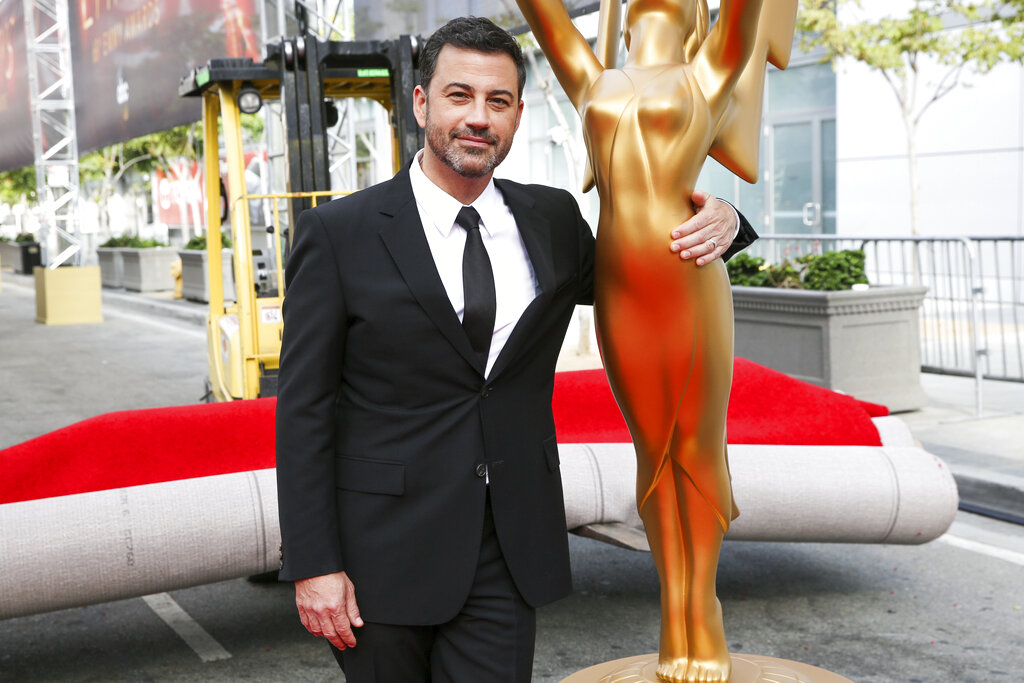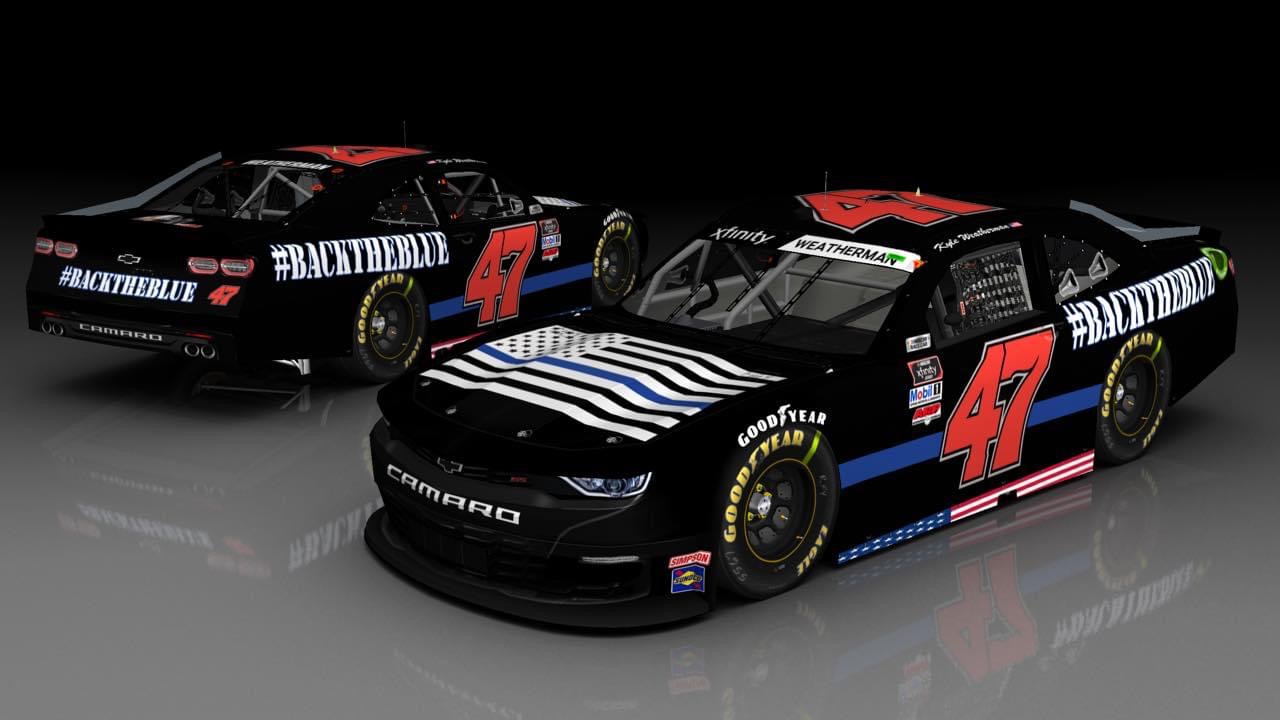MYRTLE BEACH, SC (WBTW) – Myrtle Beach leaders say beach renourishment will begin Wednesday and continue through mid-December in different areas of the Grand Strand.
It’s been nine years since the last beach renourishment project in Myrtle Beach, according to a release from the city.
“Every eight to 10 years, as needed, the US Army Corps of Engineers looks at the beach and determines what sand has been lost and how to replace it,” the release states. “A couple of small hurricanes in recent years accelerated that loss, and now it’s time to reestablish the beach.”
This renourishment project extends along much of the Grand Strand, from Garden City to North Myrtle Beach. The work will begin on the south end and move northward, with the following construction sequence and estimated date ranges:
Reach 3 – Garden City/Surfside: August 1 – September 15
Reach 2 – Myrtle Beach: August 30 – November 11
Reach 1 – North Myrtle Beach: November 1 – December 15
Myrtle Beach is receiving $24,928,500 in federal emergency funding through Flood Control and Coastal Emergencies (FCCE) to cover 100% of the beach fill element of the project, the city confirms. The city has requested state funding assistance for $450,000 in association with a South Carolina Department of Parks, Recreation & Tourism (SCPRT) Beach Re-nourishment Funding Assistance Grant to cover the dune restoration element, which includes fencing and grassing.
Great Lakes Dredge and Dock Company has been hired by the Corps of Engineers to perform the work. For the City of Myrtle Beach, the company will begin mobilizing and installing equipment from August 30 through September 11.
Following mobilization, Great Lakes Dredge and Dock Company will begin the beach pumping sand in Myrtle Beach, from September 12 to November 11. The project covers approximately eight miles of the city’s shore line, where 804,000 cubic yards of sand will be place on the beach to restore the protective dune system.
The contractor works 24 hours a day, seven days a week during construction, usually completing up to 500 feet per day, barring mechanical or weather/sea condition delays, describes the city. This means that active construction moves quickly and will only be in front of any particular area for two or three days, at most.
Pipelines running along the beach outside of the fenced area can safely be crossed where the contractor places crossover sand ramps over the pipes. The public should keep away from lines and only cross them at the sand crossovers.
Once work begins, you can track the progress of the project in real time on the Charleston District’s web mapper.










